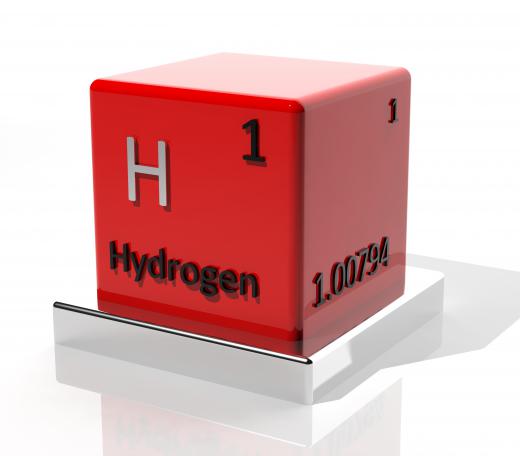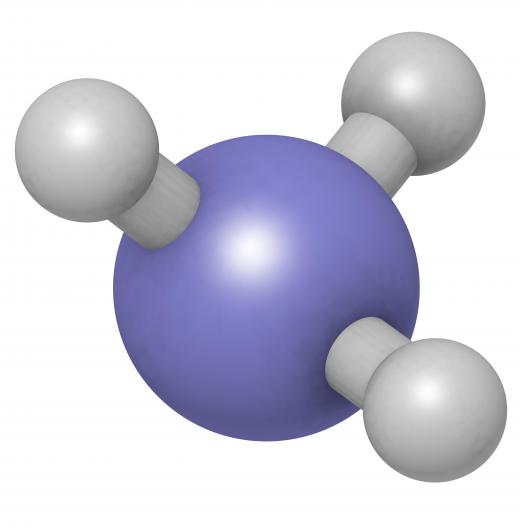Sometimes called the most important technological advance of the 20th century, the Haber-Bosch process allows the economical mass synthesis of ammonia (NH3) from nitrogen and hydrogen. It was developed a little before World War I by Fritz Haber and Carl Bosch, who were German chemists. Haber won the Nobel Prize for Chemistry in 1918 for his discoveries, and Bosch shared a Nobel Prize with Friedrich Bergius in 1931 for his work on high-pressure chemical reactions. A German national secret at first, the chemistry and techniques behind the effective synthesis of ammonia spread to the rest of the world during the 1920s and 1930s.
High Pressure, High Temperatures

Ammonia is important because it is the primary ingredient in artificial fertilizers, without which modern agricultural yields would be impossible. Sometimes called the Haber ammonia process, the Haber-Bosch process was the first industrial chemical process to make use of extremely high pressures: 200-400 atmospheres. In addition to high pressures, the process also uses high temperatures of about 750°-1,200° Fahrenheit (about 400°-650° Celsius). The efficiency of the reaction is a function of pressure and temperature; greater yields are produced at higher pressures and lower temperatures within the necessary range.
History

During the first decade of the 20th century, the artificial synthesis of nitrates was being researched because of fears that the world's supply of fixed nitrogen was declining rapidly relative to the demand. Nitrogen in its inactive, atmospheric gas form is very plentiful, but agriculturally useful "fixed" nitrogen compounds were harder to come by at that time. Agricultural operations require liberal amounts of fixed nitrogen to produce good yields. At the beginning of the 20th the century, all the world's developed countries were required to mass import nitrates from the largest available source — saltpeter (NaNO3) from Chile — and many scientists were worried about the declining supply of nitrogen compounds.

The Haber-Bosch process provided a solution to the shortage of fixed nitrogen. Using extremely high pressures and a catalyst composed mostly of iron, critical chemicals used in both the production of fertilizers and explosives were made highly accessible to Germany, making it possible for that country to continue fighting in World War I. As the Haber-Bosch process branched out in global use, it became the primary procedure responsible for the production of chemical fertilizers.
Current Production
In the early 21st century, the Haber-Bosch process was used to produce more than 500 million tons (453 billion kilograms) of artificial fertilizer per year. About 1 percent of the world's energy was used to produce it, and it sustained about 40 percent of the Earth's population.
